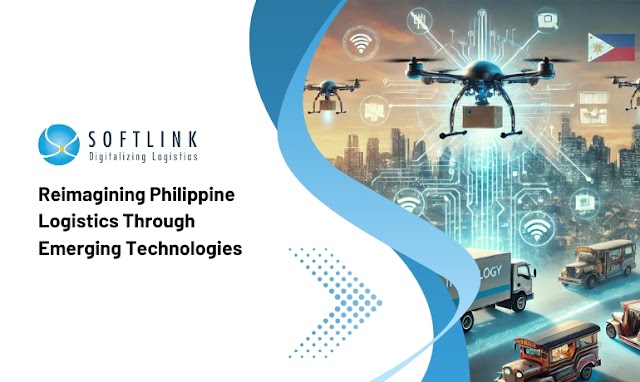Reimagining Philippine Logistics Through Emerging Technologies
The logistics industry in the Philippines is at a pivotal moment. We are witnessing a shift—where traditional, manual ways of working are slowly giving way to smarter, technology-driven methods. The pressure to modernize isn’t just coming from global trends or competition; it’s coming from the everyday demands of our customers and partners who expect faster, more accurate, and more reliable service. And as we look to position the Philippines more competitively in the global supply chain, one thing becomes clear: Technology isn’t an option anym…
Crossroads: The Philippine Logistics Market is Maturing But Are Businesses Matching Pace?
The Philippine logistics sector stands at a pivotal crossroads. As the nation experiences robust economic growth, rapid digitalization, and significant infrastructure investments, the logistics industry faces both unprecedented opportunities and pressing challenges. The critical question emerges: Are logistics businesses evolving swiftly enough to remain competitive in this maturing market The Evolving Logistics Environment The Philippines’ strategic location has long positioned it as a vital trade hub in Southeast Asia. Government-led infrast…
The Real Bottleneck in Philippine Logistics is Digital, Not Just Infrastructure
For years, the Philippine logistics industry has fixated on infrastructure as its biggest roadblock—port congestion, inefficient roads, and inter-island connectivity issues. While these traditional challenges persist, a more pressing issue has emerged: the sector’s slow pace in digital transformation. This digital inertia hampers efficiency, scalability, and competitiveness in an increasingly technology-driven global market. Current Infrastructure Developments The government’s “Build Better More” program has earmarked significant investments f…
Delayed Payments? Blame Poor Financial Management in Logistics
Delayed payments are a persistent challenge in the Philippines logistics market, impacting cash flow, profitability, and overall business stability. While external factors such as client payment cycles, economic slowdowns, and trade disruptions contribute to this issue, the real underlying problem is ineffective financial management within logistics businesses themselves. Many logistics providers operate with outdated invoicing systems, poor receivables tracking, weak credit control policies, and fragmented financial visibility. These ineffi…
The Philippine Government Is Going Digital—Why Aren’t Forwarders?
For years, freight forwarders have voiced frustrations about slow customs clearances, complex compliance procedures, and inefficient processing. Now, the Bureau of Customs (BOC) is modernizing, pushing for paperless transactions, digital submissions, and automated clearance processes. These changes aim to reduce delays, increase transparency, and ultimately improve trade efficiency. But while the government moves forward, many forwarders remain hesitant. Digital transformation should be a welcome solution to long-standing inefficiencies, yet a…
Future-Proofing Philippine Forwarding with Smart ERP Solutions
The Philippine logistics industry is at a critical juncture. Rising operational costs, evolving regulatory frameworks, and growing customer expectations are forcing freight forwarders to reevaluate how they operate. Given the archipelagic nature of the Philippines and amidst such an evolving economic backdrop, operational inefficiencies stemming from port congestion, fragmented supply chains, and regulatory bottlenecks continue to plague the industry. These issues, if left unaddressed, can severely hinder competitiveness and erode profitabilit…
The Southern Philippines Logistics Hub: A Call to Action for Forwarders
The Southern Philippines Logistics Hub marks a turning point for the logistics industry in the region. As Davao positions itself as a regional logistics hub, forwarders must recognize that the playing field is evolving rapidly. Facilities will improve, port operations will speed up, and supply chains will become more interconnected. Forwarders who fail to adapt risk being left behind, while those who prepare now will thrive. This isn’t a distant reality; it’s unfolding as we speak. With the logistics hub set to redefine trade routes and logist…
Know About The author
schedule for demo
Popular Posts





.jpg)
.jpg)





Connect with us